Meet Suvi Häkkinen, Work Package 8 Leader
For Senior Scientist and Project manager at VTT Technical Research Centre of Finland, Suvi Häkkinen believes that NPBTs (new plant breeding techniques) will definitely be used in the future as their power has already been proven in many applications. She thinks and hopes that “Europe will eventually get on board with countries which allow the NPBT usage in more rational and scientific basis.”
Suvi is the leader of the Commercial exploitation of chicory as a multipurpose crop work package (WP8). This work package aims to develop the technology behind its research for business purposes. Her VTT team is also involved in other WPs in the CHIC project and they mainly study chicory-derived terpenes and their bioactivity potential, how inulin from modified chicory behaves in the gastrointestinal model, and they also screen the NPBT chicory products for their potential toxicity. Researchers are developing an exploitation strategy that’s built on two strong business cases for NPBT chicory-based dietary fibre and bioactive terpenes. Based on the research information, business cases related to inulin and terpenes are being built, together with industrial partners of the project.
As part of this project, she has certainly enjoyed collaborating with skillful scientists towards a very interesting and important research target. She joined the project when project coordinators, with whom she had a fruitful collaboration in the past, invited her and her team. New plant breeding techniques are a highly controversial topic both in the scientific sense and from European and global regulatory perspectives. The CHIC project also focuses on research dissemination in a very special way. It involves incredible artists in a fascinating arts and science platform.
As the project approaches the end, Suvi will miss the consortium, the excellent partners, and the great project spirit. One of her favourite memories of being a part of this project is getting involved in the Arts & Science project, working with different resident artists in laboratories, and making videos related to CHIC in various ways. However, as a scientist herself, it has been very nice to read high-value scientific publications written and published by CHIC partners already at this stage.
At VTT Technical Research Centre of Finland, she works in Industrial Biotechnology and Food research area. Her expertise is in plant biotechnology, especially plant metabolic engineering and natural product research. She did her Ph.D. at Helsinki University of Technology (currently Aalto University) related to functional genomics of medicinal plants. She is also a curator of the VTT Plant Culture Collection and plants GMO responsible at VTT.
Work Package Leader
 Dr. Suvi Häkkinen, WP8 Coordinator
Dr. Suvi Häkkinen, WP8 Coordinator
Commercial Exploitation of Chicory as a Multipurpose Crop
CHIC News!
Follow us!


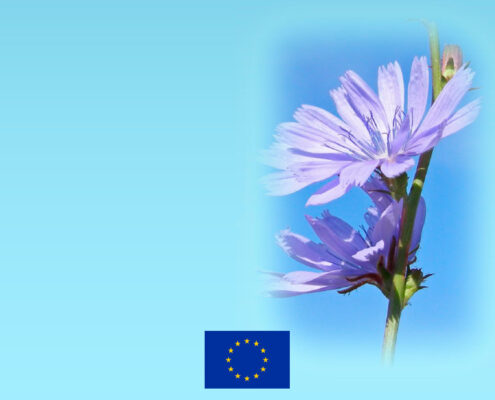
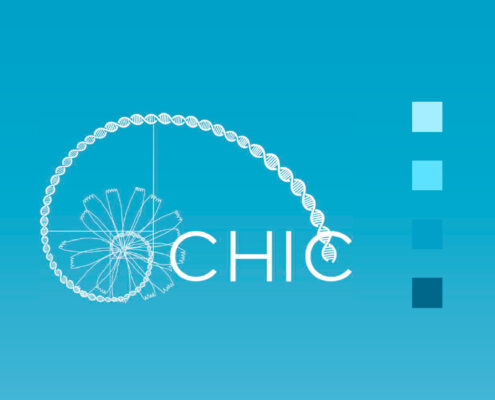
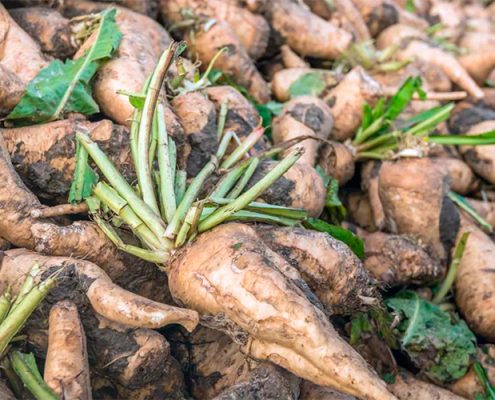

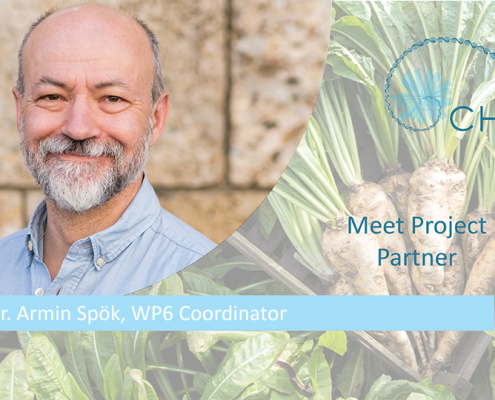
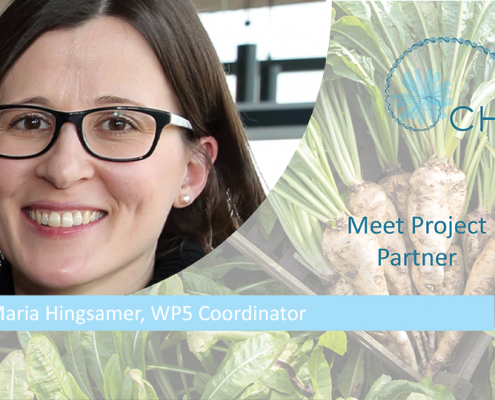
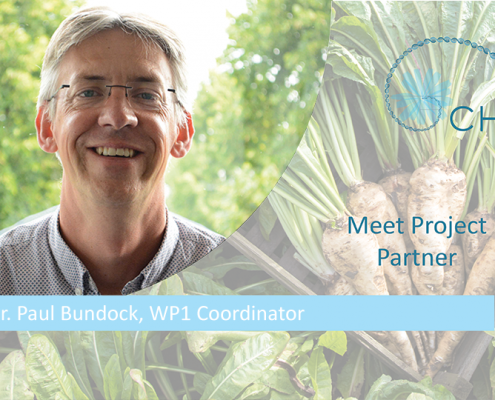
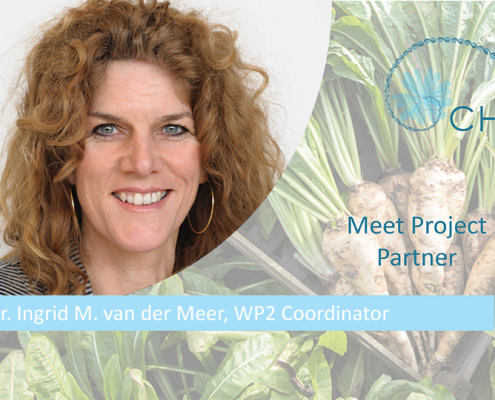
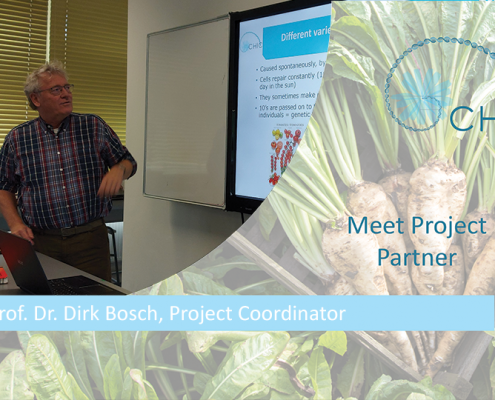
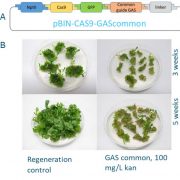
 Dr. Paul Bundock, WP1 Coordinator
Dr. Paul Bundock, WP1 Coordinator

 Dr. Ingrid M. van der Meer, WP2 Leader
Dr. Ingrid M. van der Meer, WP2 Leader
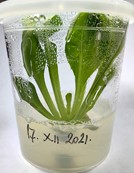 Scientists and researchers are finding other ways to solve this problem. Bioactivity assays were identified as having one promising sesquiterpene lactone with anti-inflammatory activity and extracts containing antimicrobial activity. This resulted in identifying responsible substances.
Scientists and researchers are finding other ways to solve this problem. Bioactivity assays were identified as having one promising sesquiterpene lactone with anti-inflammatory activity and extracts containing antimicrobial activity. This resulted in identifying responsible substances. Prof. Dr. Alain Tissier, WP3 Coordinator
Prof. Dr. Alain Tissier, WP3 Coordinator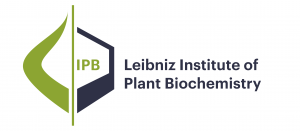
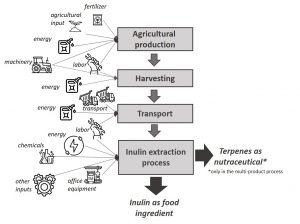 Within the socio-economic assessment, the impact of different NPBTs on economic and social indicators are quantified using GDP, production volume, growth, competitiveness, and employment indicators. The distribution of wealth and income between different sectors and regions within the EU and the global economy will also be assessed. The LCA provides information on different aspects like greenhouse gas emissions, primary energy demand, and land use of the new value chain developed in CHIC.
Within the socio-economic assessment, the impact of different NPBTs on economic and social indicators are quantified using GDP, production volume, growth, competitiveness, and employment indicators. The distribution of wealth and income between different sectors and regions within the EU and the global economy will also be assessed. The LCA provides information on different aspects like greenhouse gas emissions, primary energy demand, and land use of the new value chain developed in CHIC. Maria Hingsamer, WP5 Coordinator
Maria Hingsamer, WP5 Coordinator
 Dr. Armin Spök, WP6 Coordinator
Dr. Armin Spök, WP6 Coordinator
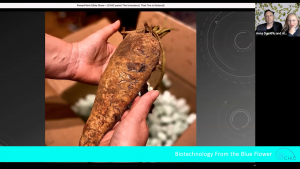
 Educational activities for high school students have started to get off the ground. MyCHICFarm, an augmented reality game, and CHIC-Bubbles, a virtual reality game have garnered positive feedback from the students so far. Some CHIC partners have visited schools in The Netherlands and Spain and we are looking to continue to share this amazing technology at several schools in Europe. CHIC Days, an organized event with different schools, is already on the way, and we plan to visit a few schools in the next few months. We will certainly share more about these events in the coming months so stay tuned.
Educational activities for high school students have started to get off the ground. MyCHICFarm, an augmented reality game, and CHIC-Bubbles, a virtual reality game have garnered positive feedback from the students so far. Some CHIC partners have visited schools in The Netherlands and Spain and we are looking to continue to share this amazing technology at several schools in Europe. CHIC Days, an organized event with different schools, is already on the way, and we plan to visit a few schools in the next few months. We will certainly share more about these events in the coming months so stay tuned.
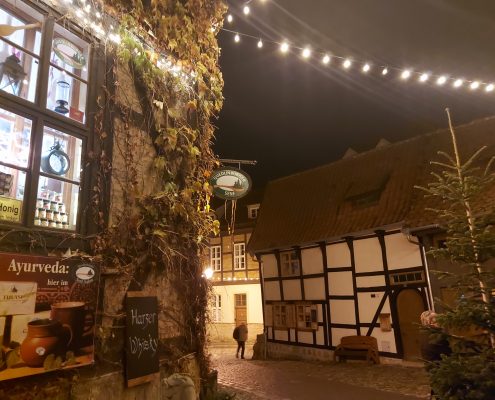
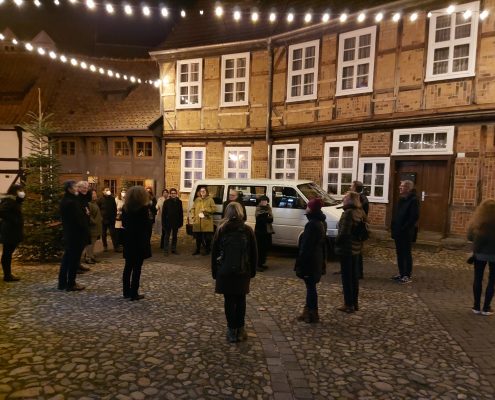

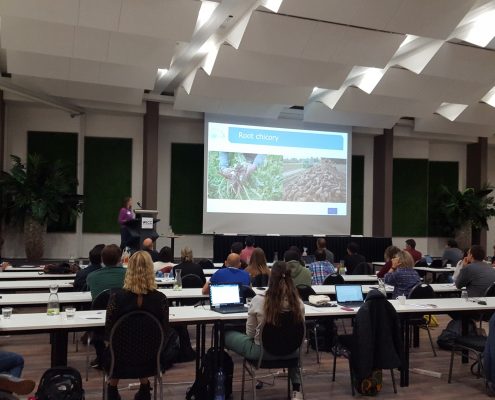
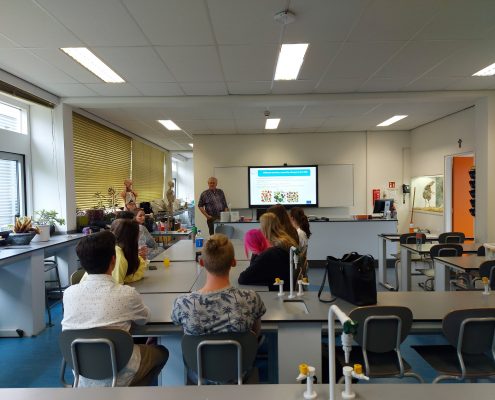
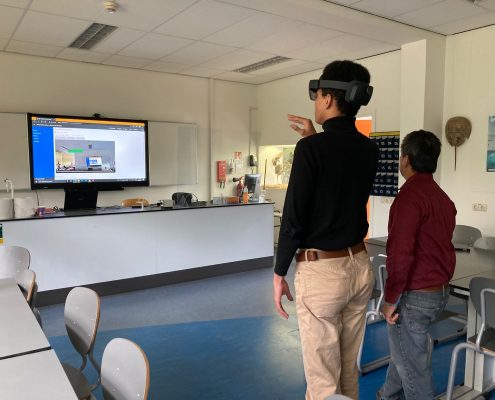

 Macarena Sanz, WP7 Coordinator
Macarena Sanz, WP7 Coordinator
 This project has received funding from the EU Horizon 2020 research & innovation programme under grant agreement N. 760891.
This project has received funding from the EU Horizon 2020 research & innovation programme under grant agreement N. 760891.